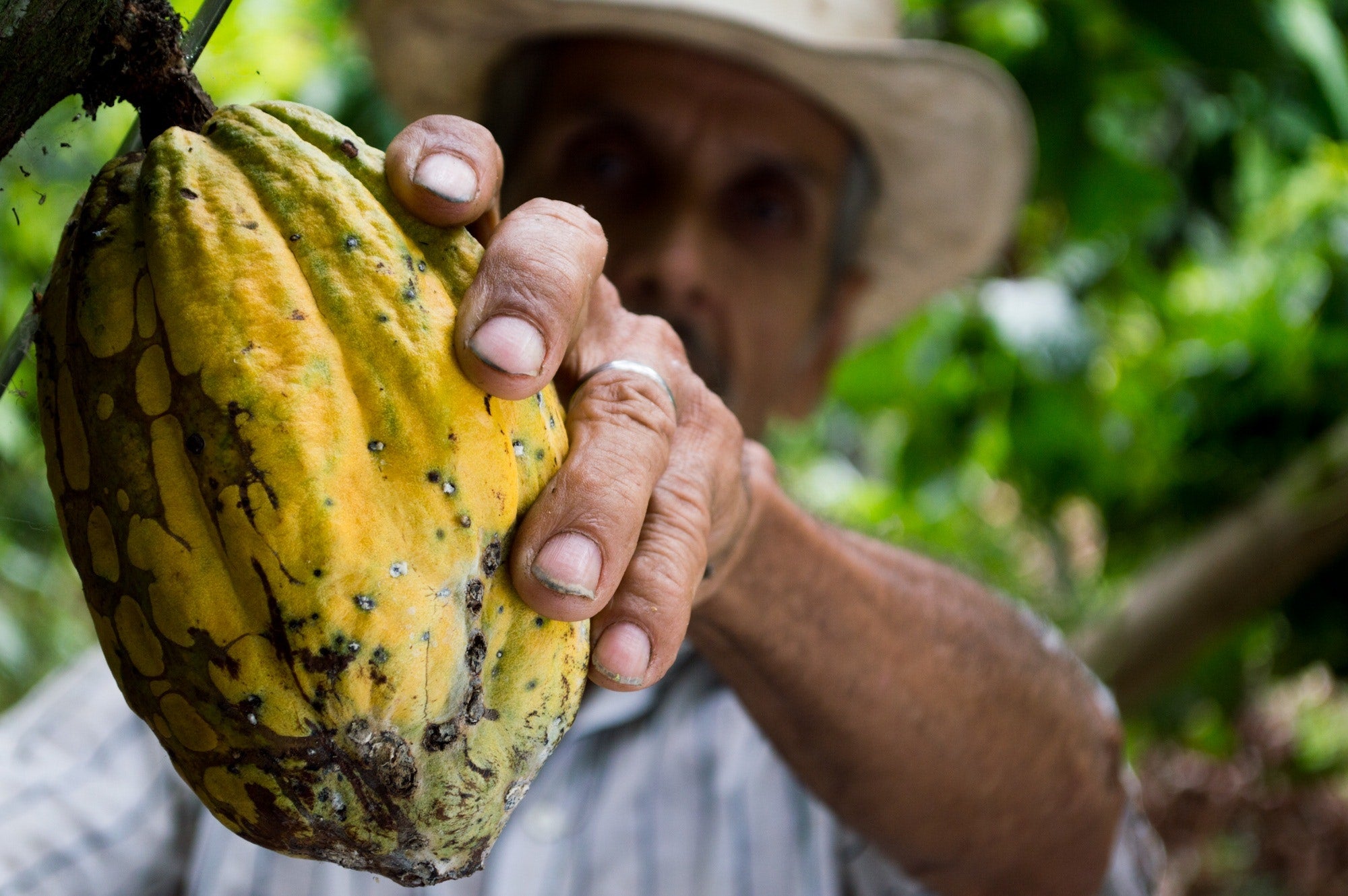Chocolate, with its irresistible allure, has delighted taste buds for centuries. However, behind this beloved treat lies a dark history of exploitation and forced labor. In recent years, the chocolate industry has made strides toward ethically sourced chocolates, but challenges persist. In this blog post, we'll delve into the difficulties faced in ensuring that chocolate is free from the taint of the slave trade.
Chapter 1: A History of Exploitation
The story of chocolate and exploitation is intertwined. Historically, cacao farming has been plagued by the use of forced labor, particularly in West African countries like Ivory Coast and Ghana. Children and adults have been subjected to grueling work conditions, often with no access to education or healthcare. This has raised serious concerns about the ethics of chocolate production.
Chapter 2: The Rise of Ethical Chocolate
In response to mounting pressure and consumer awareness, the chocolate industry began to take steps towards ethical sourcing. Initiatives like Fair Trade and Rainforest Alliance certification were introduced to ensure that cacao farmers received fair wages, safe working conditions, and sustainable farming practices. While these efforts have made a positive impact, they have not eradicated the problem entirely.
Chapter 3: The Complexity of Supply Chains
One of the key challenges in the quest for ethically sourced chocolate is the complexity of global supply chains. Chocolate production often involves multiple intermediaries, making it difficult to trace the origin of cacao beans. This opacity in supply chains can inadvertently allow exploitative practices to persist.
Chapter 4: Poverty and Farmer Vulnerability
Cacao farming communities often live in poverty, making them vulnerable to exploitation. Poverty forces farmers to accept low prices for their beans, making it challenging for them to invest in sustainable farming practices. Ethical sourcing initiatives must address the systemic issues of poverty and provide support to cacao-growing communities.
Chapter 5: Child Labor and Trafficking
Child labor remains a significant issue in the cacao industry, with children being subjected to hazardous work conditions. The worst cases involve child trafficking, where children are forcibly taken from their homes and forced to work on cacao farms. Eradicating child labor and trafficking is a complex and ongoing battle.
Chapter 6: Consumer Responsibility
Consumers play a pivotal role in the fight against unethical chocolate. By choosing ethically sourced products and supporting companies that prioritize fair and sustainable practices, consumers can drive change within the industry. Raising awareness and demanding transparency are powerful tools in the fight against the slave trade in chocolate.
Conclusion:
The journey toward ethically sourced chocolates is fraught with challenges, but it is a journey worth embarking upon. The battle against the slave trade in the chocolate industry requires the collective efforts of governments, chocolate companies, consumers, and advocacy organizations. By addressing the complex issues of poverty, child labor, and transparency in supply chains, we can work toward a future where every piece of chocolate tells a story of fairness, sustainability, and ethical production. It's a bittersweet journey, but one that holds the promise of a sweeter future for all involved in the world of chocolate.

